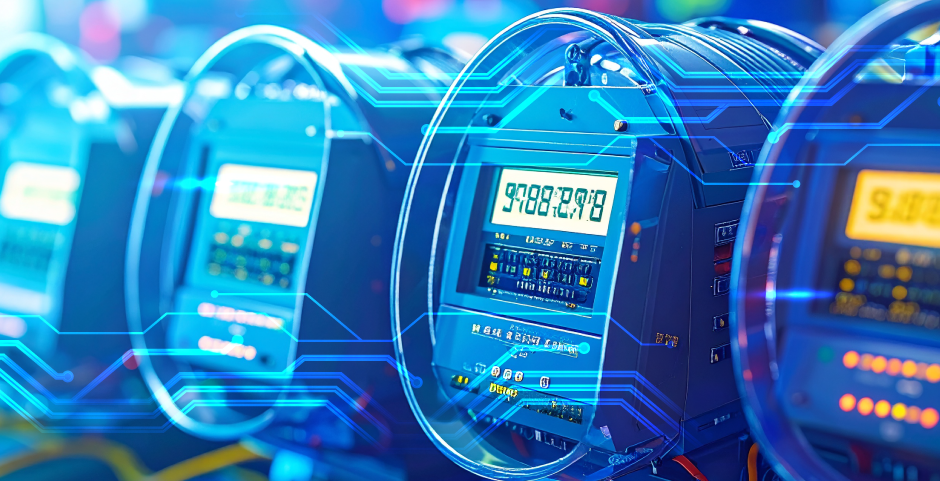IEC 61850 Deployment: Essential Challenges and Implementation Considerations
Shwetha Bhat February 12, 2025
Shwetha Bhat February 12, 2025
There are several advantages IEC 61850 can bring, but it is also associated with several problems. Some of the main problems that may arise for organizations during the deployment process are summarized below.
1. Complexity of Implementation
It is challenging for teams accustomed to classical systems to understand the object-oriented data model. Defining logical nodes and the data objects into which they map requires very good knowledge and planning. Also, the communication protocols (GOOSE, MMS, SV) involve intricate setup parameters that are extremely difficult to manage without practical experience.
2. Interoperability Problems
Since vendors implemented IEC 61850 differently sometimes, this leads to interoperability problems. Testing and validation in order to ensure true interoperability between devices from various vendors do require proper efforts. Additionally, integration of IEC 61850 with legacy systems is challenging, especially if legacy systems use different protocols or data formats.
3. Training and Skill Gaps
There seems to be a dearth of expertise in IEC 61850 that might make it difficult to find the right people for designing, implementing, and maintaining it. Expensive training may be necessary to educate employees on the standard and its usages.
4. Cost Considerations
The expense of upgrading equipment, software, and infrastructure to meet IEC 61850 can be very expensive. Due to the cost consideration, most organizations will face limitations in setting apart a significant budget for full-scale deployment and high-end training, which will eventually be compromised on.
5. Project Management Challenges
As IEC 61850 is an inherently multidimensional standard, it is very easy to get into scope creep when doing the project, thereby causing delays and higher costs.
Communication and Coordination between Stakeholders: Involvement of many stakeholders such as engineers, vendors, or the management can develop misalignment in the objectives of the project by poor communication and coordination.
6. Testing and Validation
Exigency for Proper Tests: The proper extensive testing for the high reliability in delivery of communication infrastructure may be very time-consuming and resource intensive.
Testing Challenges in Practical Environments: Deployments and testing on practical grounds can expose some unseen issues that require redesign or adjustment in the implementation approach.
7. Security Risks from Cyber Attacks
Vulnerability to Cyber Attacks: IEC 61850 poses a higher risk to connectivity, exposing systems to cyber-attack risks, which forces strong security measures.
Compliance with Security Standards: Maintaining conformity to applicable cybersecurity standards and directives can make the implementation process relatively inconvenient.
8. Standardization and Updates
Updated Knowledge Needed for Change: IEC 61850 is dynamic; hence, tracking update news on new editions and amendments of new versions becomes challenging for an organization.
Future compatibility: Placing current implementations in a position where they can scale to future technologies and standards requires vision and flexibility.
The advantage of using IEC 61850 for a modern electrical system is immense; however, the challenge to overcome so that the standard is used properly is equally huge. Involvement in training and professional planning with proper project management has to be put forward in such organisations to manage the tasks posed by this standard.

July 25, 2025
The world energy scene is being revolutionized by the fast-paced increase of decentralized renewable energy sources like rooftop solar, wind microturbines, and energy storage in batteries. batteries. The driving force…
Know More
July 25, 2025
Smart metering has evolved significantly over the last two decades as it became a building block of modern energy management solutions. At the core of the evolution is the DLMS/COSEM…
Know More
July 25, 2025
As the energy sector undergoes rapid digital transformation, smart metering has emerged as a foundational technology in modern utility networks. By enabling real-time monitoring, automated billing, and remote disconnection, smart…
Know More